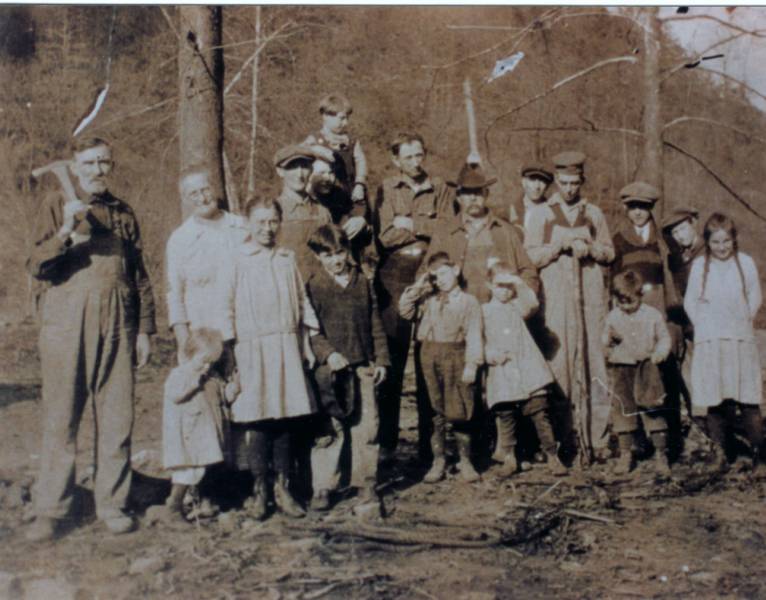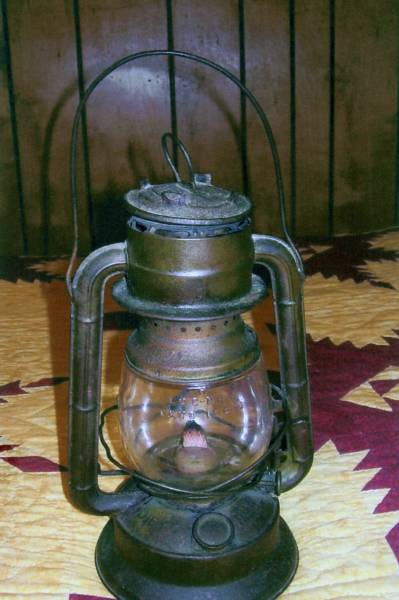The Davis Creek watershed has a long history of coal mining, natural gas production, and timbering. More than a century ago, the Kanawha and Coal River Railroad was built from the mouth of Davis Creek to its headwaters in what is now Kanawha State Forest. A town called Chilton became for several decades a thriving community in the steep-sided, forested hollow. Farms sprang up in the bottoms along the route of the railroad, and the town itself had over 100 houses, a post office, two stores, three cemeteries, the offices of the Black Band Iron and Coal Company, churches, sawmills, and an iron foundry. Coal mines dotted the hillsides for miles up the hollow.
The timber and high quality of the coal in the upper end of the watershed attracted major investors and for a time the Anheuser-Busch Company owned several thousand acres of surface and minerals. Coal put Davis Creek on the map when the Black Band coal, a premium quality coal, won first place at the 1889 World's Fair. It was an excellent coal for making coke. The great forest provided wood for making barrels.
By the end of World War I the community was declining. The railroad had ended operations before the war, and after the track was taken up, the town of Chilton faded away. Coal mining continued in the watershed long after the town was gone. In the lower end of the watershed acid mine drainage became an issue when a blowout occurred at at abandoned mine opening in 1998 and caused a fish kill in the creek. The WV Dept. of Environmenal Protection put a wet seal in the portal and installed a limestone trench to neutralize the acid water before it reaches the creek. Scott Coulter, a Boy Scout working on his Eagle project, worked with Davis Creek Watershed Association to install a passive treatment system at an acidic seep downstream of the blowout site.
The Black Band Iron and Coal Company lands eventually came to be part of what is now Kanawha State Forest. During the Depression of the 1930s the Civilian Conservation Corps was put to work in the Forest and today the now 10,000+ acre forest is now a public recreation area enjoyed by thousands visitors annually.
Pioneer Family (left), courtesy of Pansy Dunlap Caldwell
Antique lantern (right) once used for going to church on Sunday night, courtesy of Naomi Goff
OUR ISSUES
Davis Creek was described by a new resident in 1917 as being "a crystal clear stream with cobble bottom." Today, parts of the creek are still pretty much as they were back then, but many areas downsteam of Kanawha State Forest are affected by excessive silt, sedimentation and conductivity.
Basic water quality is good, but more needs to be done to control storm water from commercial, residential areas and to prevent erosion and sedimentation.
Expansion of a mountaintop mining operation in the headwaters of Davis Creek resulted in acid mine drainage and other toxic run-off. This has led to degradation of water quality downstream. The mine operation has been terminated, but damaging run-off continues.
We have been successful in reducing illegal dumping and there has been a significant reduction in the amount of trash that enters the stream.
DAVIS CREEK WATERSHED
ASSOCIATION

